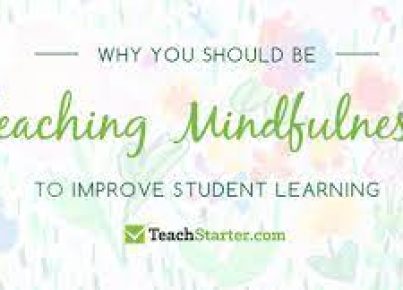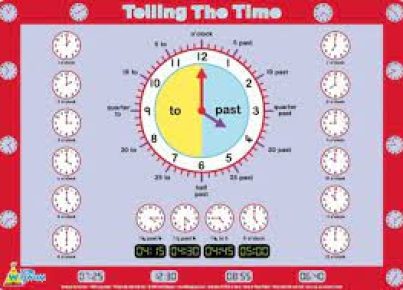Incorporating play into the curriculum is an innovative approach that resonates with many educators who understand the benefits of a hands-on learning experience in fostering students’ development. Play-based learning does not mean a departure from educational standards, rather it complements and enriches the curriculum.
One might ask, why play-based learning? The answer lies in its multifaceted advantages. It caters to children’s natural curiosity and enthusiasm for learning through exploration, discovery, and creativity. By engaging in meaningful play, students develop cognitive skills alongside social and emotional growth. Play-based learning provides opportunities for children to learn how to work cooperatively, solve problems, and think critically—all essential life skills.
Ideas for Implementing Play-Based Learning
The teachstarter.com website offers a plethora of ideas for teachers aiming to integrate play-based activities into a curriculum-aligned classroom. Here are some examples:
1. Literacy Through Play:
Set up a “grocery store” or “post office” corner in your classroom to encourage role-play. These real-world scenarios help children understand the use of written text in everyday life and promote literacy skills such as reading, writing, and vocabulary development.
2. Mathematics in Motion:
Interactive games like “shopkeeper” where children use play money and price tags can teach basic arithmetic skills. Measurement can be explored through cooking activities or science experiments where students follow recipes or instructions.
3. Exploring Science Through Inquiry:
Create a science center equipped with magnets, microscopes, plant seeds, or insect habitats to spark inquiry. Children’s natural curiosity will lead them to explore, hypothesize, and draw conclusions, aligning with scientific methodologies.
4. Developing Social Studies Understanding:
A mock archaeological dig or a cultural fair can immerse students in social studies themes. These activities build context and understanding of different communities and civilizations.
5. Expressive Arts Integration:
Encourage artistic expression through free-form painting, building structures with recyclable materials, or composing simple songs. This form of play enhances creativity while also teaching principles of art and music.
6. Technology Through Interactive Play:
Utilize educational apps on tablets that simulate building blocks or problem-solving puzzles related to various subjects—blending technology with interactive play.
In conclusion, by integrating play into classroom instruction, educators can provide meaningful experiences that align with curricular goals while fostering the joy of learning among their students. This method harmonizes structured education with children’s innate need for play, resulting in a dynamic and effective teaching strategy.





